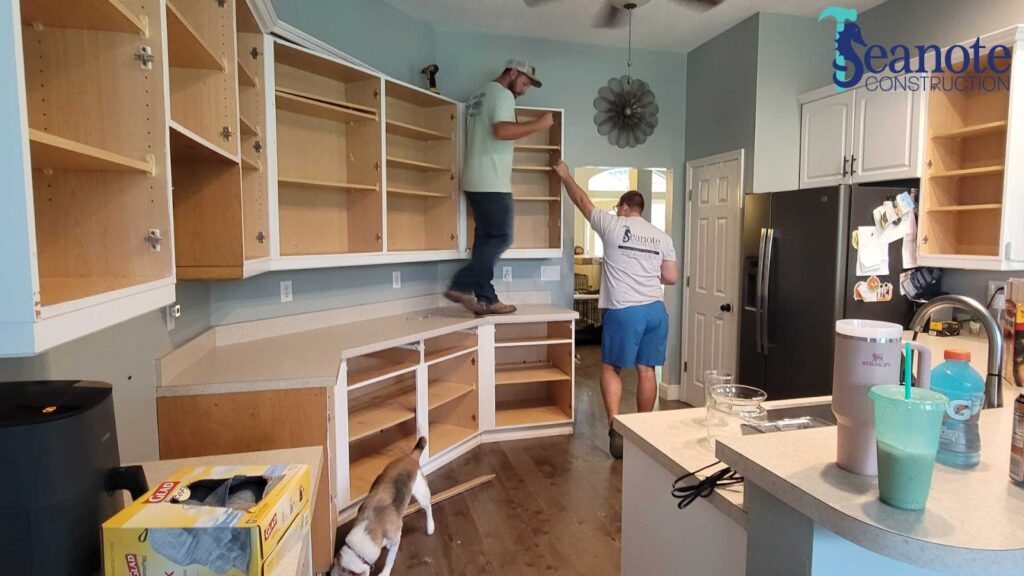Undertaking a home remodel is an exciting opportunity to transform your space to match your style and needs. Understanding the financial implications of this process allows you to confirm if you need a full home renovation or specific upgrades. With the right information, estimating costs becomes simpler.
According to Angie’s List, the average remodel cost in Florida is around $50,000. However, this number can increase depending on upgrades and materials, even going as high as $190,000.
At Seanote Construction, we believe in giving you the straight facts about your remodel. We share real numbers for labor and materials because knowing what to expect helps you plan wisely. Our team stands behind every project with clear communication, making sure you’re prepared for every expense along the way.
Key Takeaways
- Remodeling costs in 2025 typically range from $15 to $60 per square foot, with more for high-end projects reaching.
- Labor expenses make up about 30% of the total budget.
- Material costs usually account for around 45% of the budget.
- Hidden fees and economic shifts can add up to 15% to your budget, making it necessary to plan for unexpected costs.
How Much Does House Remodeling Cost in 2025?
The average remodel cost in the U.S. is around $50,000, with typical projects ranging from $15–$60 per square foot. However, premium finishes and other custom costs can increase the price to $150 per square foot.
What Is Driving Remodeling Costs in 2025?
Home remodeling costs in 2025 boil down to a mix of market trends, labor expenses, and material prices that are constantly shifting. Understanding these factors helps you plan your budget smartly and avoid surprises down the road.
Recent market trends show that rising demand for home upgrades is pushing prices up. Labor costs vary widely by region, influenced by local wages and skill shortages. Material prices, too, are on the rise as supply chains adjust to new economic realities.
Key factors include:
- Labor Costs: Regional wage differences and the availability of skilled workers play a big role.
- Material Prices: Costs for items like flooring, fixtures, and appliances can fluctuate with market conditions.
- Economic Trends: Broader economic shifts, such as inflation and supply chain issues, impact overall remodeling budgets.
- Local Market Variations: Urban areas might see higher prices compared to suburban or rural locations.
How Much Do Labor, Materials, and Hidden Fees Really Cost?
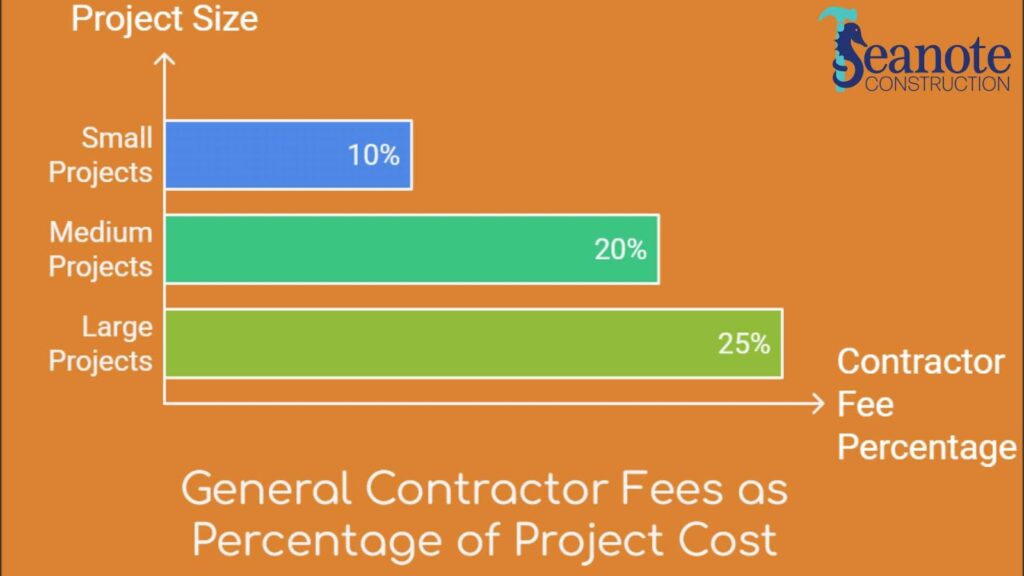
Labor, materials, and hidden fees play an important role in shaping your budget. Breaking down a remodel starts with understanding these key ingredients.
Labor Costs
According to Home Guide in 2025, general contractor fees typically range from 10% to 20% of the total project cost, with bigger projects sometimes reaching up to 25%.
In 2025, national averages show that:
- Carpenters charge about $75–$125 per hour.
- Electricians earn roughly $50–$130 per hour (plus a one-time service call fee of around $100).
- Plumbers average $45–$150 per hour, with licensed plumbers commonly earning about $75 per hour.
- Painters typically charge between $25 and $75 per hour.
Material Prices
Materials typically make up about 40%–50% of your overall remodel budget. With total remodel costs averaging around $15–$60 per square foot. However this can vary depending on the size of your project.
Hidden Fees
Hidden fees are unexpected costs that can catch you off guard during a remodel. These extras costs might include:
- Permit and Inspection Fees: Local governments often require permits and inspections, which can add up quickly.
- Unforeseen Repairs: Once work begins, issues like outdated wiring or structural repairs may surface.
- Design Revisions and Cleanup: Changes to your original plan and additional disposal or cleanup fees can also drive costs higher.
It is suggested to set aside an extra 10%–15% of your total budget to cover these hidden expenses. By planning for these potential costs, you can avoid surprises and keep your remodel on track.
Alternative Factors that Can Impact Remodeling Budgets
It is important to consider economic and regional factors that can also impact your remodeling budget.
Economic Trends
According to the U.S. Bureau of Labor Statistics, the Consumer Price Index has risen by about 2.6% in 2024, putting upward pressure on both labor wages and material prices. This has led many to add a buffer to their remodeling budget to cover unexpected expenses and delays.
Regional Variations
Regional differences mean that remodeling costs can vary dramatically from one area to another. Investing a bit more upfront can often prevent costly repairs later, making it important to balance quality with budget.
For busy urban areas like Miami or Fort Lauderdale, labor rates tend to be higher due to increased demand and a competitive market. Additionally, permit fees and inspection costs in Florida can be steeper because of stringent building codes and hurricane-related regulations.
While some interior renovations in less densely populated areas might align more closely with national averages, it’s common to budget a bit more upfront in Florida to account for these extra costs. Being aware of these regional trends helps you plan a more accurate budget and avoid unexpected expenses later on.
Room-by-Room Remodeling Costs in 2025
Areas like kitchens, bathrooms, bedrooms, living rooms, and basements have their own price tag when it comes to remodeling.
Kitchen Remodeling Costs
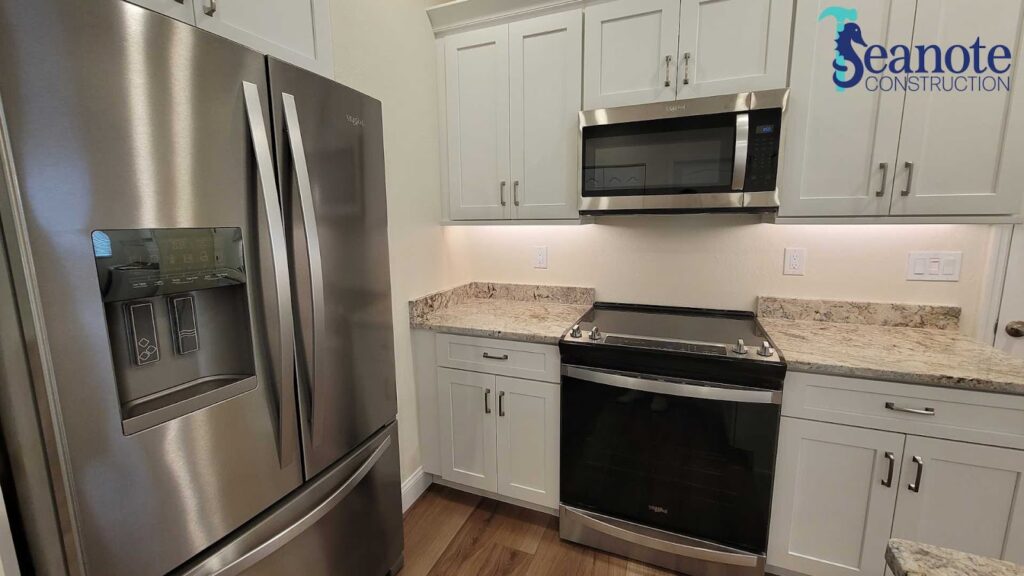
For a kitchen remodel, the average cost typically falls between $25,000 and $50,000, translating to roughly $100–$250 per square foot. Upgrades such as high-end appliances, custom cabinetry, premium countertops, and upscale flooring can drive these costs upward, so planning your budget carefully is key.
Bathroom Remodeling Costs
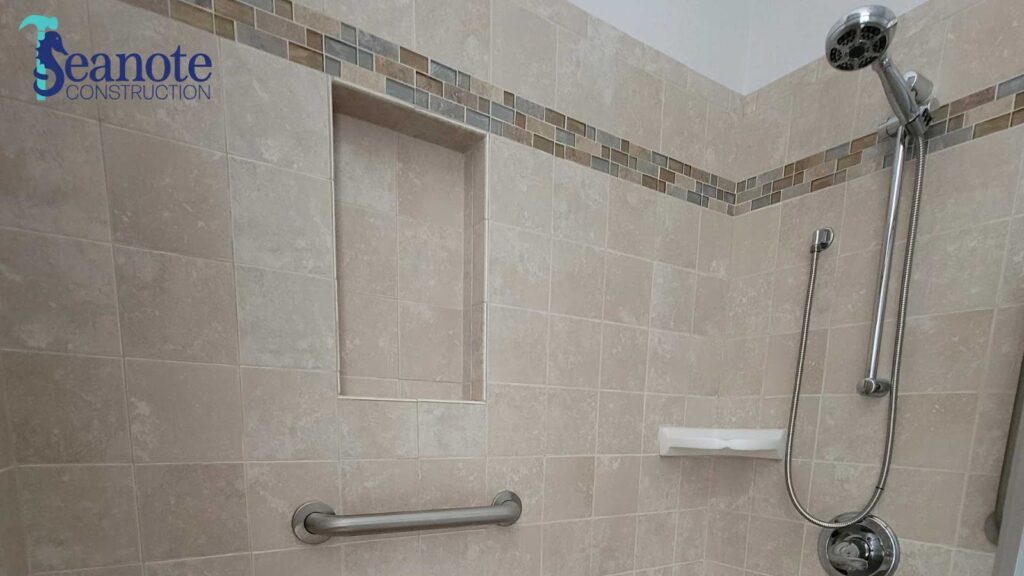
A bathroom remodel generally costs between $15,000 and $30,000, or about $150–$300 per square foot. Installing new fixtures, updating tile work, modern vanities, and necessary plumbing updates all contribute to the overall expense, resulting in higher costs per square foot.
Bedroom Remodeling Costs
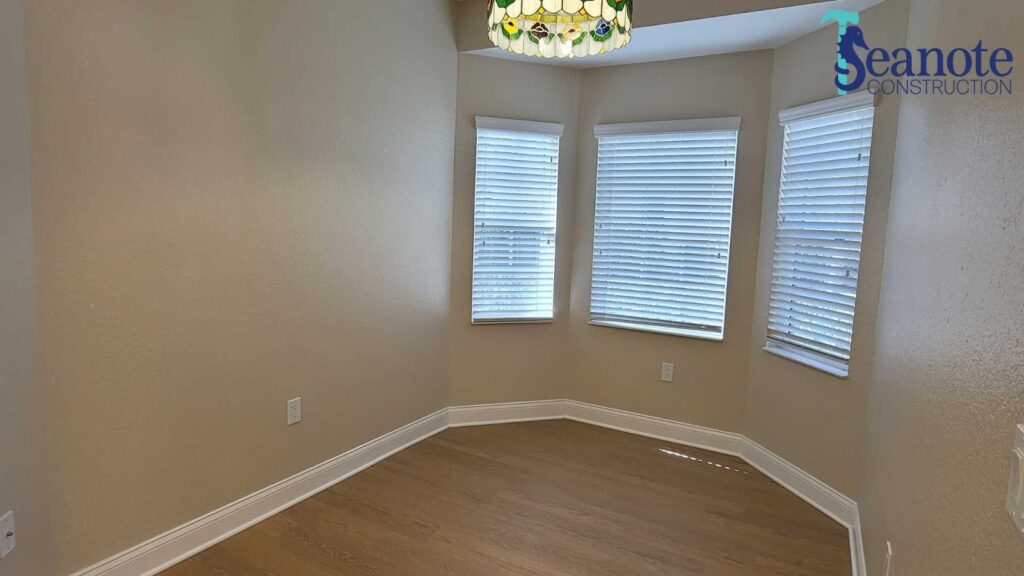
Remodeling a bedroom usually costs between $10,000 and $20,000, which comes out to around $50–$100 per square foot. The final cost can vary based on factors like paint, flooring quality, lighting upgrades, and custom storage solutions, making it a more flexible and often less expensive project compared to kitchens or bathrooms.
Living Room Remodeling Costs
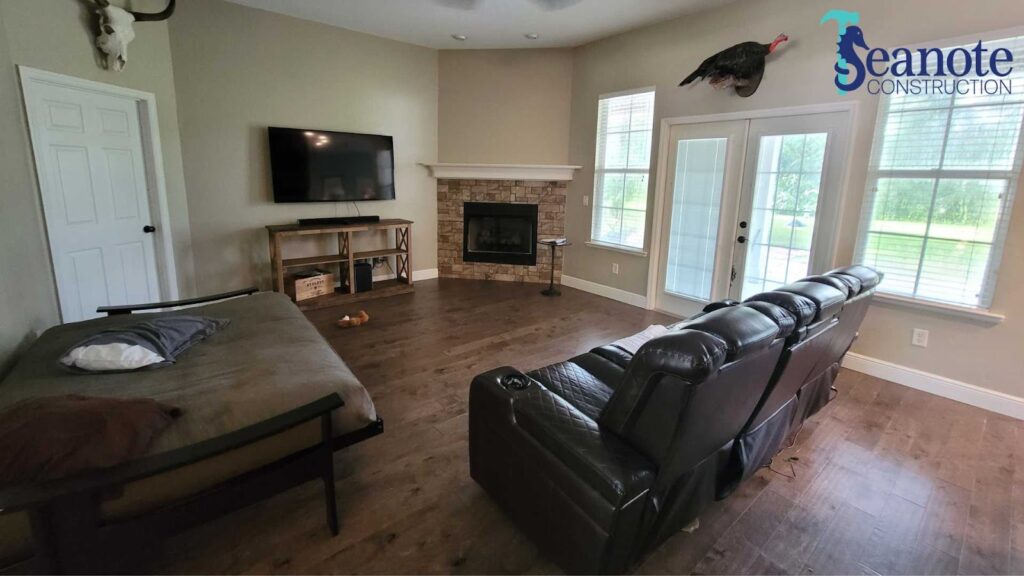
For a living room remodel, you can expect costs to range from $10,000 to $25,000, roughly translating to $75–$150 per square foot. Upgrades in flooring, window treatments, and lighting are typical factors that influence the overall expense in this space.
Basement or Additional Space Remodeling
Basement or additional space remodeling generally costs between $20,000 and $50,000, with the cost per square foot varying widely depending on the intended use, like a home theater, guest room, or playroom, and the level of finishing required.
Your 2025 Remodel Blueprint is Waiting, Ready to Bring it to Life?
At Seanote Construction, we keep it honest and straightforward so you can plan with confidence. If you’re ready to turn these insights into action, head over to our Contact Page and let’s get started on making your 2025 remodel a reality.

